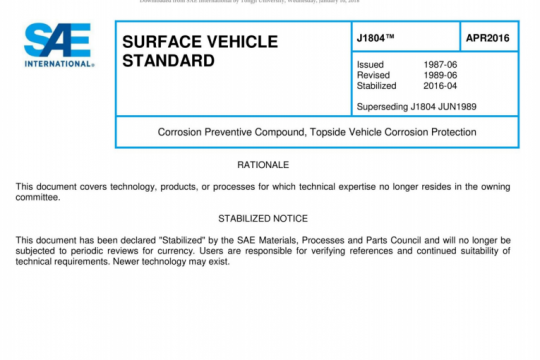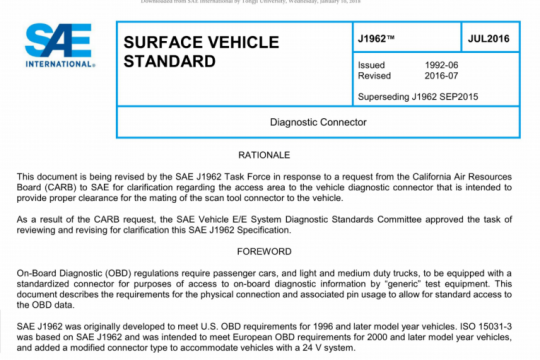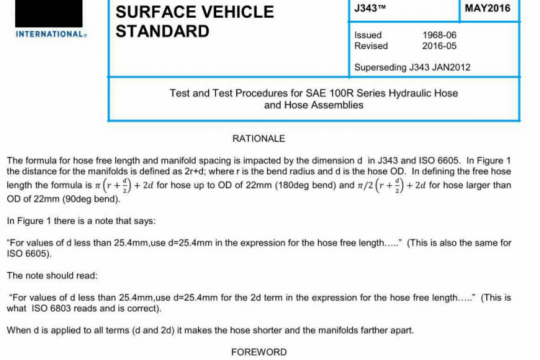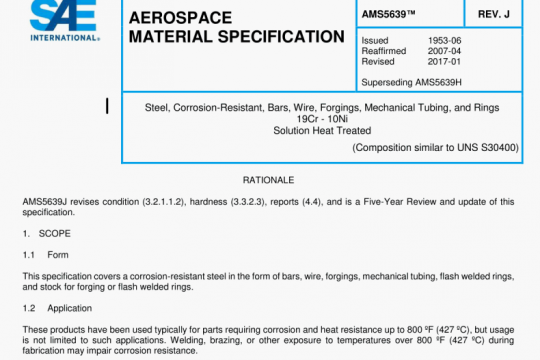SAE J2592:2019 pdf free
SAE J2592:2019 pdf free.Carbon Steel Tubing for General Use Understanding Nondestructive Testing for Carbon Steel Tubing
Eddy currents are the motion of electrons in a tube caused by a magnetic field generated by an alternating current in a nearby coil. In most applications where tubing is being tested, the tubing is passed through or nearby the coil arrangement, which can be encircling, in a semi-circle or a probe coil. As the tubing passes, the eddy currents are influenced by the characteristics of the metal, which include, conductivity, magnetic permeability, geometry, mass, and homogeneity. Defects and flaws are detected by abnormal interruptions of the features being monitored and the electromagnetic system records the abnormalities as flaws. Material containing defects or flaws detected by the electromagnetic system must be identified and removed from the finished tubing.
The strength of the eddy currents in the tubing being tested are exponentially proportional to the fill factor or lift-off factor (the amount of the area inside of the generating coil or the distance of the coil from the tubing being tested) and the excitation frequency. Once the flaw breaks the flow of electrons (eddy current), a sensing coil detects the difference, therefore resulting in the detection of the flaw. The characteristic that the eddy current senses can be studied by changes in amplitude (strength of signal), distribution, and phase of the eddy currents. This method is preferred to detect long or continuous defects. Short or abrupt flaws might not be detected with the absolute method.
Eddy current testing systems can be arranged to compare one section of tubing being tested to a section of tubing with known acceptable characteristics directly adjacent to it, therefore providing an acceptable or an unacceptable comparison or differential. This method is preferred to find short or abrupt flaws.SAE J2592 pdf free download.




